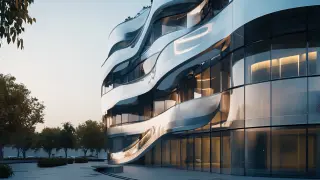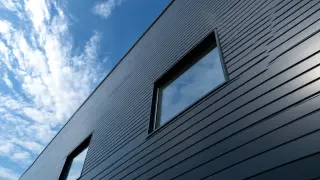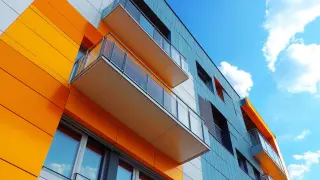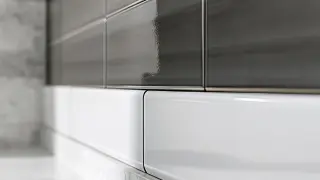Leave Your Message
The last few years have seen a noticeable transition in the construction and interior design sectors towards sustainable, novel, and innovative materials. Such a material is the WPC Wall Panel, which is one of the most sought materials by the masses. As per a report entitled Grand View Research, the WPC global market size is forecasted to grow at a CAGR of 11.2% to reach USD 8.4 billion by 2025. The nation's growing trend for sustainable practices, along with the increasing demand for eco-friendly products, makes the reason for this spur. Shandong Eco Decoration Materials Co., Ltd., the pioneer of innovations, provides several WPC products for all applications, complete indoor-outdoor usage.
WPC Wall Panels boast great versatility, rendering them suitable for multi-purpose applications ranging from the commercial and residential sectors to industrial undertakings immensely modified. Builders and designers readily find it an attractive proposition due to the unique resistance characteristics that include moisture, pest, and decay resistance. There are aesthetics and customizability attached to these features making them more and more useful to the increasing number of customer adoptions. By Shandong Eco Decoration's expertise in research, development, design, and production, it affords the global buyer not only superior WPC Wall Panels but also seven principal benefits that can go a long way in improving the projects. Such innovative products allow stakeholders in the sector to meet market demands alongside effectively promoting sustainability in their operations.
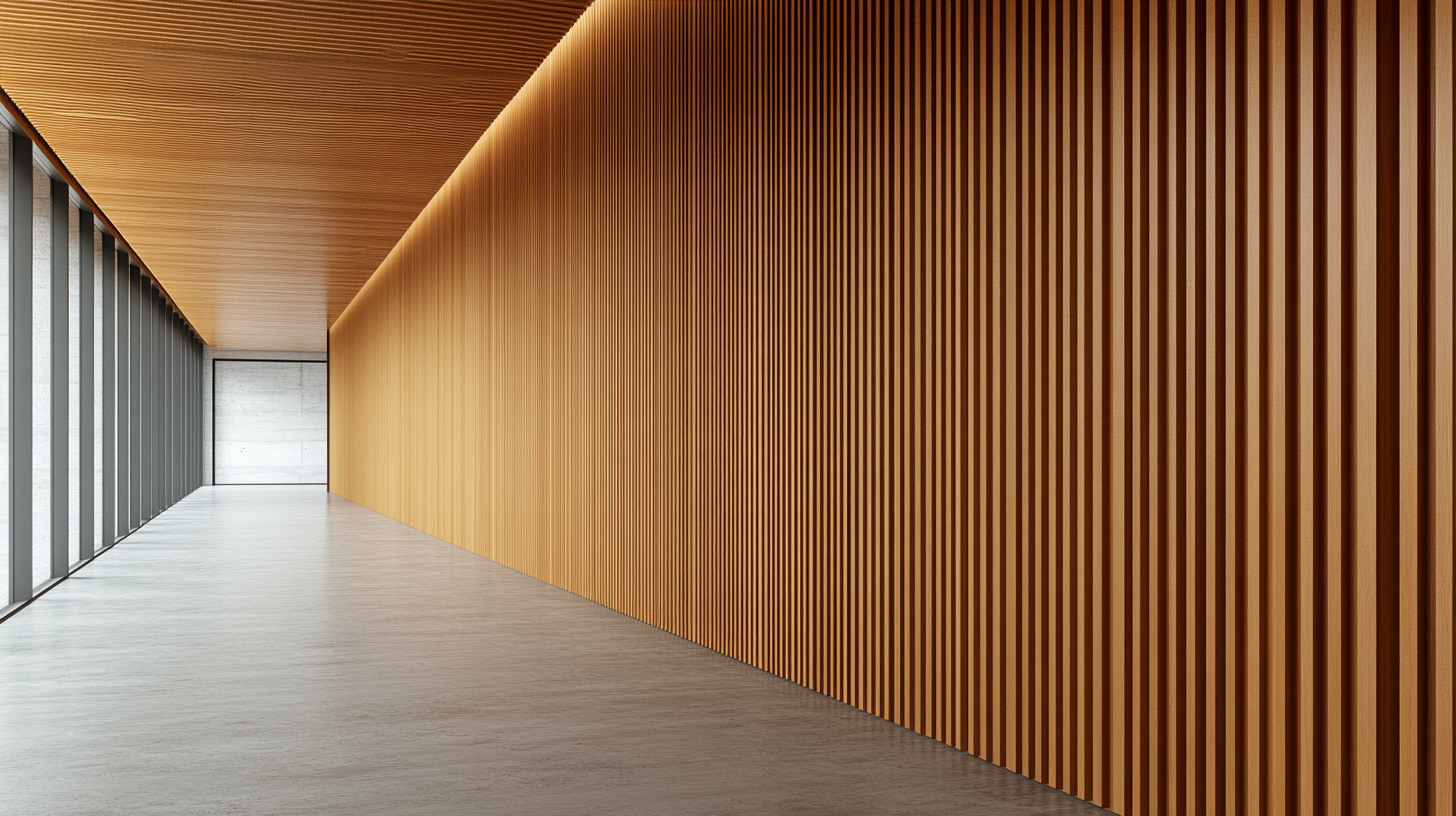
In many instances, newfound uses for WPC (Wood Plastic Composite) wall panels create an entirely different charm in residential designs, offering choices for space enhancement to homeowners and architects alike. These panels are the perfect material for any kind of setting, from living rooms to outdoor spaces, as they combine the elegance of wood with the sturdiness of plastic. The plethora of textures, colors, and finishing options allows for custom designs that can fit perfectly and aesthetically into any theme-whether modern, rustic, or traditional. WPC wall panels resist some of the most common residential challenges, such as moisture, mold, and pests, and thus prove beneficial for residential applications. Such durability suggests that the wall panels will retain their good looks and structural quality for a long time without being replaced or repaired frequently. WPC wall panels are also considered "green" building products because they are manufactured from recycled materials. This really appeals to consumers with an eco-friendly conscience, who, themselves, subscribe to sustainable beauty. Apart from enhanced aesthetics over other wall panel systems, these panels are installed fast, saving time and money during construction. The lightweight nature allows for quicker handling and installation, so that homeowners can enjoy their renovated spaces without drawn-out interruptions. All these factors have led to the growing acceptance of WPC wall panels as an increasingly desirable option within residential design where homeowners find the appropriate balance between beauty and function.
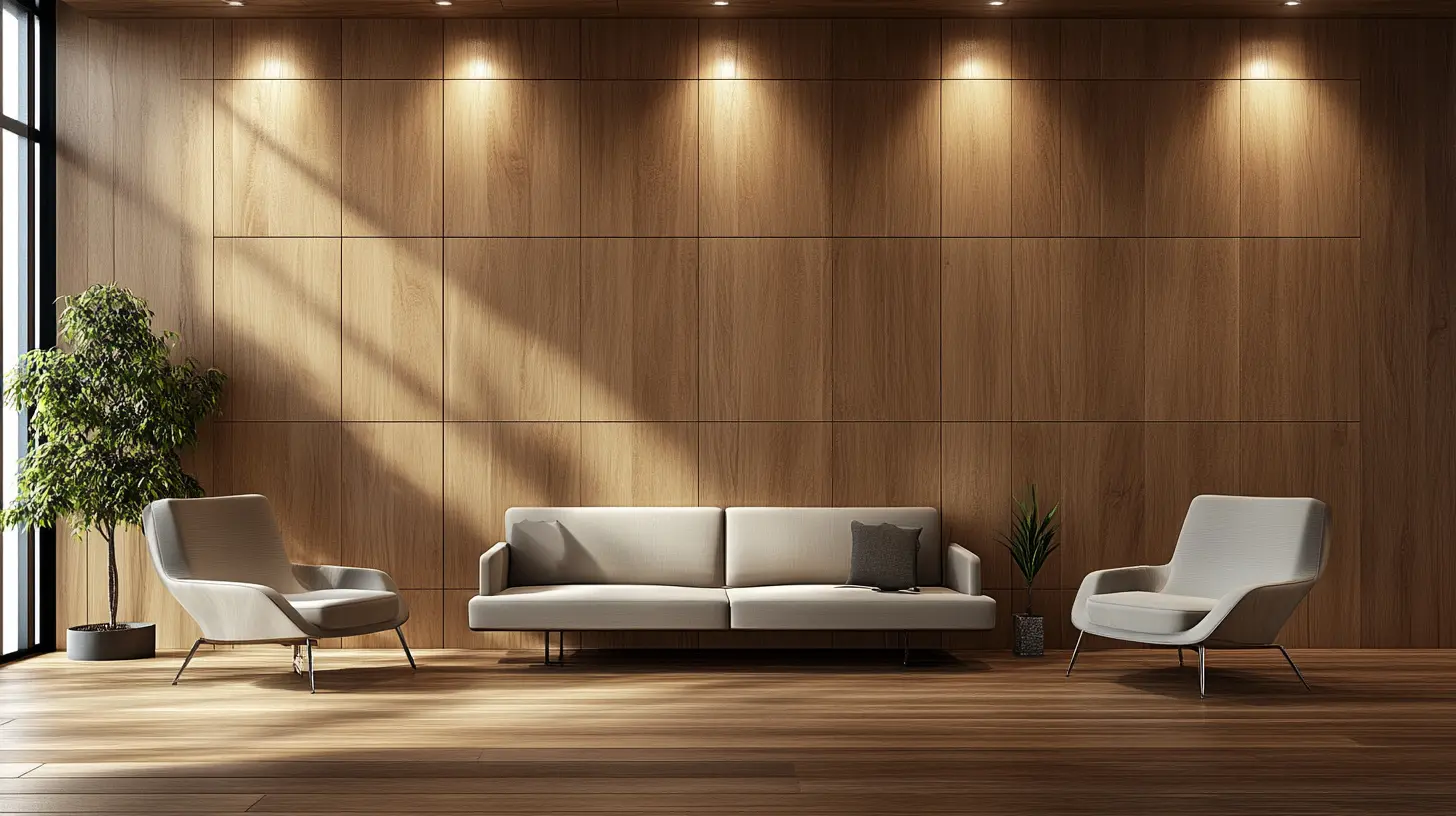
Innovation with the use of wall panels made of WPC (Wood Plastic Composite) has become a trend fast catching up with commercial companies realizing their importance. With the usage of WPC wall panels, beauty and flexibility are evident in residential applications, retail environments, corporate offices, or even in buildings devoted to education. In addition to contributing visual enhancement to spaces, these panels promote sustainable building practices making them an attractive consideration for such companies' environment-conscious ventures.
For instance, WPC wall panels are one of the benefits of durability. These panels are no longer getting spoiled because of moisture, termites, or rot; it would hence be easy to provide for long-term low maintenance costs as well as lifespan of installations. Their lightweight nature, making them easy to install, would also therefore prove to be a major saving on labor and installation time. The global WPC wall panel market will grow from $890 million in 2022 to $1.65 billion in 2030. Businesses are fast-moving towards investing in new solutions for modernizing environments.
There is an increased compound annual growth rate of 8.4% for the market between 2024 and 2030, which indicates the increasing demand for WPC wall panels in several industries. As such, the evolution of commercial spaces becomes the realization of aesthetic enhancement and functional improvement on the side of users with respect to more sustainable and efficient construction. This move in this direction presents an exciting opportunity for buyers globally to improve their commercial projects using those cutting-edge materials.
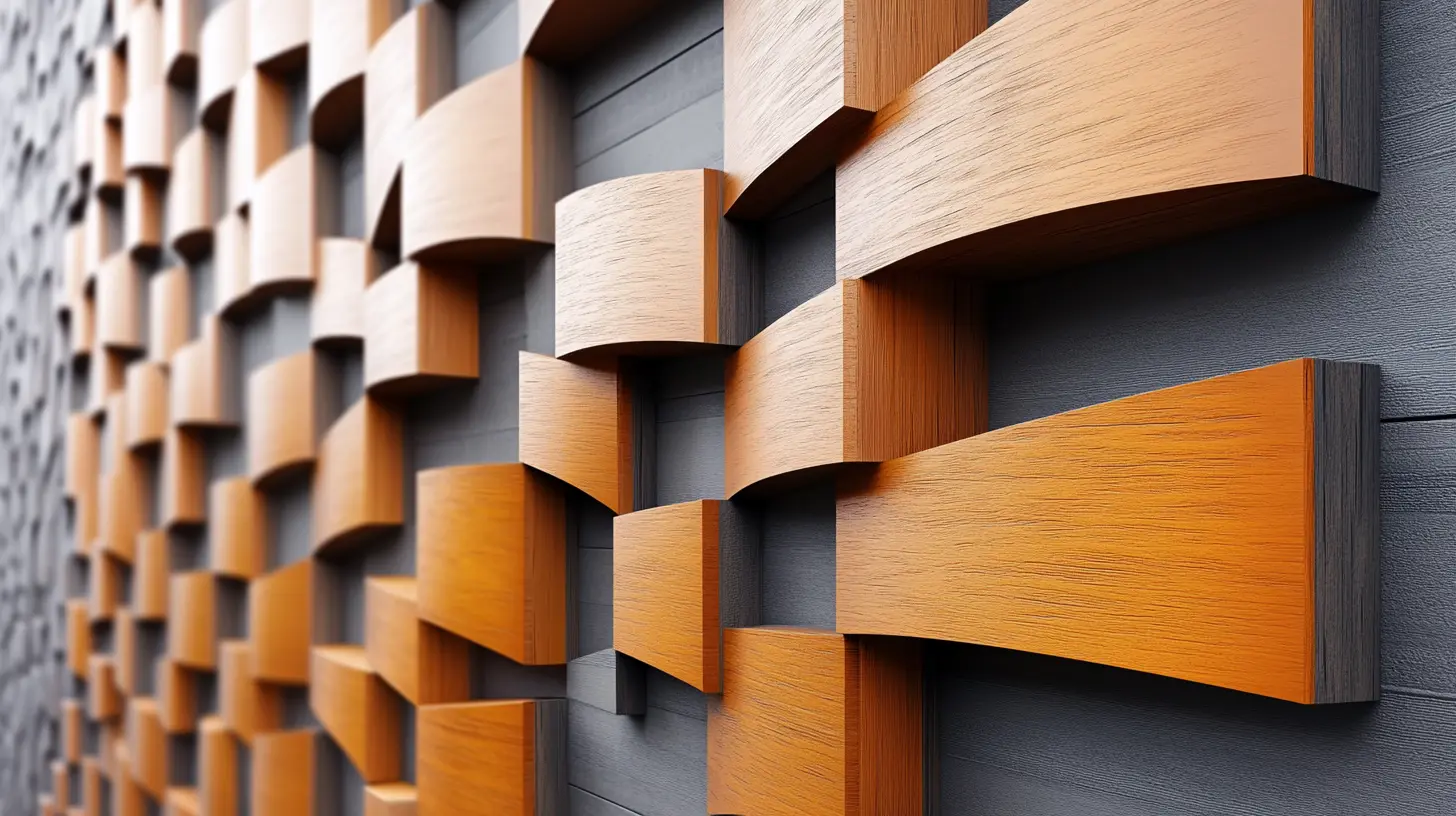
The importance of WPC (Wood Plastic Composite) wall panels with regard to sustainable construction has become quite a popular topic in recent times, as supposedly eco-friendly building materials are getting more priority. WPC wall panels bear a unique combination of wood charm and plastic durability, qualifying them for a variety of applications in almost every domain. With more sectors acknowledging the need for sustenance, WPC wall panels are fast becoming the material of choice for the construction of energy-efficient and eco-friendly buildings.
And the market for WPC wall panels resonates with this seemingly favorable trend. Going from an estimated worth of $890 million in 2022, the market is expected to rocket to $1.65 billion by 2030, registering a compound annual growth rate of 8.4% from 2024 to 2030. This is due to the various benefits that these wall panels carry with them, such as resistance to decay, moisture, and insects, along with low installation and maintenance needs. As global clientele search for sustainable solutions, one that does not compromise on quality and design, WPC wall panels stand as an enticing solution meeting contemporary construction demands.
The incorporation of WPC wall panels in sustainable architecture not only improves the life cycle of buildings but also matters in reducing the carbon footprints. Since they are made using recycled materials, the WPC wall panel supports eco-friendly practices, matching well with the growing global demand for sustainable products. In this era of extreme concern for environmental accountability, WPC wall panels emerge as an indispensable element of any innovative and sustainable construction technique.
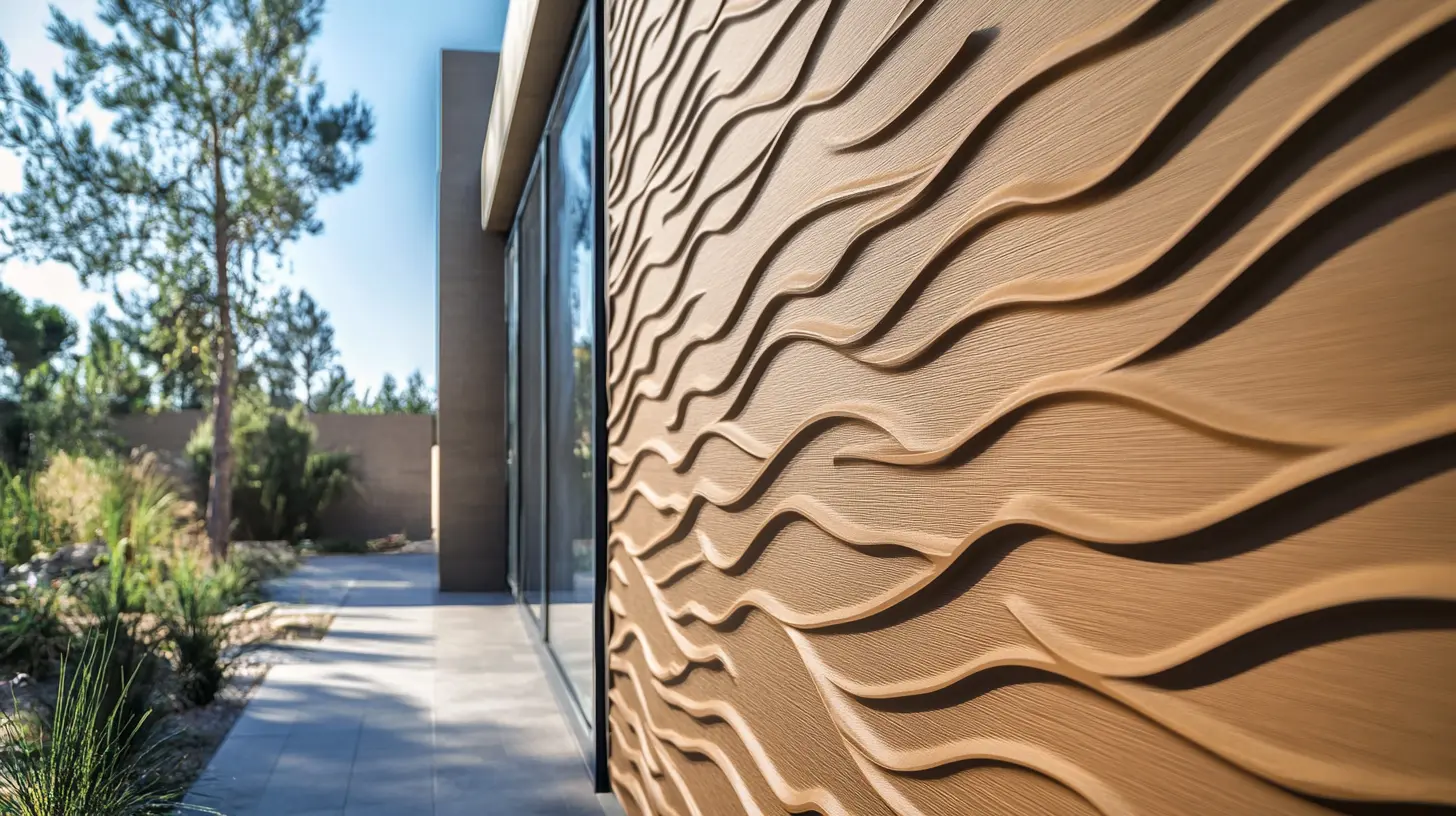
Thanks to their uniquely beautiful looks and wide applications, WPC (Wood Plastic Composite) wall panels are taking the interior design world by storm. Recently, a market report by Research and Markets on the global WPC market estimates that it will reach $7.5 billion in 2026, and a fair size of that involves domestic activities. The demand for eco-friendly building products is another aspect driving this surge, as WPC panels are made of recycled wood and plastic, thus offering a sustainable alternative to traditional materials.
WPC Wall panels are aesthetically pleasing as well as functionally useful, adding character to indoors, where these panels can come in different textures and finishes imitating natural wood or stone, thereby enabling the designer to craft unique environments with a modern twist. Their versatility will allow them to fit optimally into different concepts-more minimalistic to more rustic-which is probably why these wall panels are one of the favorites among the architects and designers. Plus, their durability and resistance to moisture and pests further extend their appeal in allied with the Wood Plastic Composite Market Analysis report, reiterating their longevity and low-maintenance requirements.
Not only are WPC panels attractive, but they also add to energy efficiency in interiors as well. The insulation properties of WPC materials maintain desirable temperature levels within the building and hence consume lower energy for heating or cooling. The energy-efficient materials can reduce the energy cost by as much as 30%, as per a U.S. Department of Energy report. This not only benefits Mother Nature but also heavily subsidizes the consumers; thus, WPC wall panels could be aptly regarded as a clever investment in aesthetic as well as sustainable interior design.
WPC wall panels have over the last few years caught on big in the hospitality sector, thus changing the way hotels and resorts plan and build their spaces. The innovation of the panel means that WPC is once again a marriage of aesthetics and durability, thus providing architects and designers with the ability to create beautiful interiors to be in line with the modern consumer. Thus, as the hospitality industry aims to give unique and memorable experiences to its guests, WPC wall panels rise up to the challenge, providing a great deal of flexibility in design while retaining wear and tear resistances commonly found in high-traffic areas.
There are different advantages of using WPC wall panels in hotels. First, moisture resistance allows WPC to work well in damp settings that have humidity variations, such as spa areas or indoor pools. Second, very little maintenance is required as compared to traditional materials, therefore saving money for the hospitality businesses in the long run. Given that the WPC wall panel market is expected to grow from $8.9 billion in 2022 to $16.5 billion by 2030, the hospitality sector is now evermore realizing these materials as investments into sustainability and design freedom.
Eco-friendly building materials are now a growing trend among modern travelers who value sustainability. WPC wall panels are mostly manufactured with recycled materials, which, in turn, shapes the hotel experience for these environmentally conscious guests. This trend not only helps the hotels look good but also gives them leverage in a competitive marketplace. Embracing WPC wall panels could very well be the difference in distinguishing hospitality brands in an ever-evolving landscape, given the rising inclination toward such innovative building solutions.
WPC Wall Panels are fast becoming popularamong industries due to their cost-effectiveness. According to Research and Markets' latest report, the global WPC market is expected to grow to USD 6.13 billion by 2027, at a CAGR of 11.6% from 2020. The driving force behind such growth is the demand for sustainable building materials reducing environmental footprints and bringing in cost savings in the long run.
One advantage of WPC wall panels is their durability and good maintenance. Unlike traditional wood, WPC products resist rot, insects, and weathering, which can lead to significant savings in maintenance costs. For instance, 63% of architects surveyed by the American Institute of Architectsbased their preference on using WPC for outdoor installation because of its lifecycle cost. Hence, they can be effective in saving budget for global buyers without sacrificing quality.
In addition to that, cost savings from labor can accrue due to simple installations with WPC panels. Reports say that projects using WPC reduce installation by 30% compared to various conventional materials. It takes far less time for contractors installed and in the future will almost double their benefits in fast time while further enhancing cost-effectiveness. As more industries focus on going cash-friendly but sustainable futures, WPC wall panels present great flexibility for both economy and environment.
The WPC wall panels have swiftly gained success across multiple industries owing to their aesthetic quality, durability, and minimal maintenance requirements. Unlike conventional woods, wood-plastic composites are meant to weather seasonal extremities and resist rotting, warping, and insect infestation. This much resilience extends their appeal in being used for interior or exterior applications alike-whichever way, these wall panels maintain a long life.
One thing worth mentioning is the moisture resistance of WPC wall panels. Unlike conventional wooden materials, which swell and decay due to humidity, WPC panels maintain their integrity in moist environments. This advantage is a particular benefit for commercial operations, such as restaurants or healthcare facilities, which maintain high levels of hygiene and frequently deal with moisture. For maintenance, the panels are wipe-cleanable with soap and water, and they look as good as new.
Wood-plastic composite wall panels are considered to be generally easier to maintain compared to traditional materials. Thanks to their robust composition, they are not required to be sanded, painted, or stained on a regular basis. Maintenance therefore saves time and money for property owners. This combination of being exceptionally durable in low maintenance makes WPC wall panels a smart investment for world buyers that are looking for quality, sustainability, and ease of usage in their projects.
WPC (Wood Plastic Composite) wall panels are coming up as a breakthrough in technology in various sectors, thanks to being eco-friendly. With environmental issues becoming more and more relevant worldwide, it is imperative to use sustainable materials like WPC for minimizing the ecological foothold of construction and design. This wall panel made from recycled wood-fiber and plastic minimizes the waste disposal problem while giving a durable yet pleasing alternative to conventional materials. This fits into the recent drive to channel funds into environmentally responsible ventures, reiterating newer policies to conserve and ameliorate the natural habitat.
WPC wall panels are more than just great environmental champions; they possess great durability, moisture resistance, and easy maintenance. These features allow them to be used for many applications in residential, commercial, and industrial fields. Inclusion of such innovations, as pointed out in recent ecological conventions, certainly boosts the development of a green economy. Showing off advancements in sustainable materials will well respond to global buyers who are searching for products that truly deliver on quality and eco-friendly claims, thereby advancing a responsible approach to development. The transition to WPC products is perfectly tuned into the global trend towards sustainable living, thereby appealing to both consumers and investors.
WPC wall panels are composed of a combination of wood and plastic materials, often using recycled components to create a sustainable building material.
WPC wall panels are resistant to moisture, mold, and pests, ensuring durability and low maintenance. They also offer aesthetic appeal and can enhance the design of various spaces.
WPC materials provide insulation properties that help maintain stable indoor temperatures, potentially reducing energy consumption for heating and cooling by up to 30%.
Yes, WPC wall panels come in various textures, colors, and finishes, allowing for customized designs that can integrate seamlessly into modern, rustic, or traditional styles.
Yes, WPC wall panels are lightweight and easy to handle, which allows for quicker installation, resulting in significant time and cost savings during construction projects.
The hospitality industry is increasingly adopting WPC wall panels due to their aesthetic versatility, durability in high-traffic areas, minimal maintenance requirements, and alignment with the growing demand for eco-friendly materials.
WPC wall panels require minimal maintenance compared to traditional materials, making them a cost-effective choice for long-term upkeep in both residential and commercial settings.
WPC wall panels are made from recycled materials, which appeals to environmentally conscious consumers looking for sustainable building solutions in their homes or businesses.
WPC wall panels are being widely adopted in both residential design and the hospitality industry, as their benefits align with the needs of these sectors for durability, aesthetic appeal, and sustainability.
The market for WPC wall panels is projected to grow significantly, with estimates suggesting it could reach $16.5 billion by 2030, reflecting their increasing popularity across various industries.
